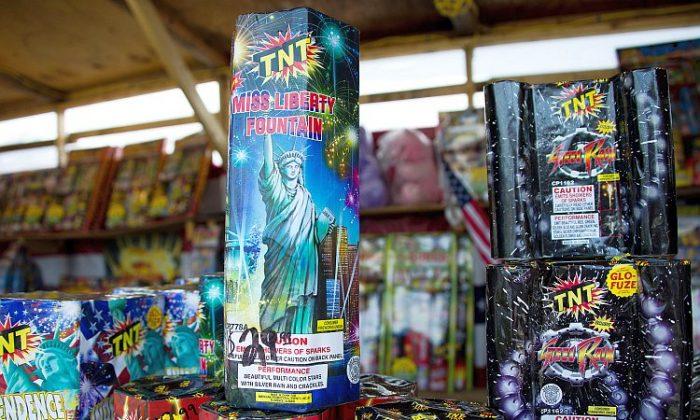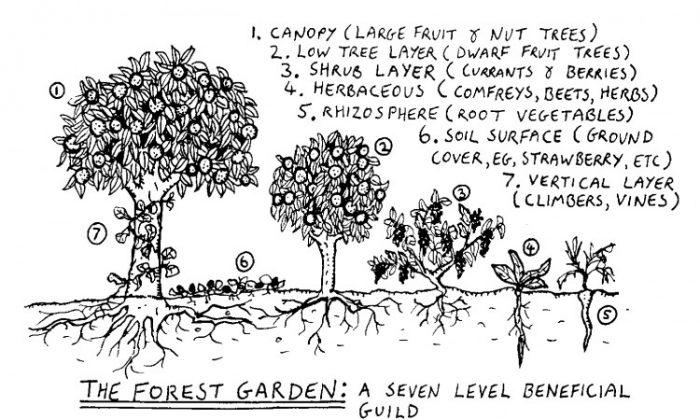[xtypo_dropcap]A[/xtypo_dropcap]ccording to results from recent independent polls, registered voters are disappointed with the job performance of the Democratic-led Congress and the Obama administration, and discontent could bring about a change in the congressional makeup come November.
In an update on voting preferences during the lead-up to the 2010 congressional elections, the Gallup polling agency stated on Tuesday that Republicans were showing a 7 percent advantage over Democrats among registered voters—the strongest showing yet this year.
Of note in the Gallup data is a change in the measure of political affiliation, an advantage Democrats have consistently held all year. Up until this month, an average of 44 percent of those polled identified themselves as Democrats or leaning Democrat, with Republicans or leaning Republican coming in at a steady 40 percent. In August, these figures are now even at 42 percent each.
The shift seems to be tied to recent low approval numbers for Congress and the Obama administration. Monday’s Gallup results showed a 44 percent approval number for the president, the lowest number yet recorded for the administration, and a 21 percent drop from Feb. 2009s 65 percent post-inauguration approval rating.
The polling agency Rasmussen Reports echoed the 44 percent approval, while Zogby International had it at 43 percent.
Although the president’s disapproval numbers are impacting election prospects for Democrats, the approval ratings for Congress tell a bigger story, as does the shift in sentiment among independent voters.
Last week, Gallup posted an overall 19 percent approval rating for the present 111th Congress, bringing the year-to-date average to 20.1 percent, the lowest recorded by Gallup in a midterm election year since 1974. Zogby’s rating at the end of July was 22 percent total approval, with total disapproval at 76 percent.
The yearly approval average is 36 percent, according to Gallup, reaching a peak of 54.2 percent, following the terrorist attacks on Sept. 11, 2001.
These job disapproval numbers are also echoed on pollster.com, a site, which incorporates polls from various sources to establish general trends.
The Associated Press published an article on Sunday, referring to its own AP-GfK poll numbers, which reflected a significant change in sentiment by independent voters, a voter group credited as being the deciding factor in the election of President Barack Obama.
AP results indicated only 32 percent “of those citing no allegiance to either major party” want Democrats to keep majority control of Congress, down 20 points from the 52 percent who voted for Obama over Sen. John McCain in the 2008 presidential election.
The Democrats have forwarded centralized, government-run solutions to address social-economic issues, such as the stimulus package and the tough-fought health care reform legislation.
A Rasmussen report dated Aug. 16 showed that support for a repeal of the health care reform legislation is at 60 percent, with 50 percent saying a repeal would actually improve the economy.
The disapproval ratings for both the administration and the Democrat-led Congress don’t necessarily reflect a desire for Republican leadership, but instead possibly a desire to stop Democratic “rule,” and seek alternate solutions for a floundering economy, which ranks as the No. 1 issue for voters.
In a Rasmussen report published Aug.17 62 percent of likely voters “say it would be better if most congressional incumbents were defeated,” with a surprising 83 percent of Republicans and 72 percent of unaffiliated voters thinking “it would be better for the country if most incumbents in Congress were defeated in November.”
In an update on voting preferences during the lead-up to the 2010 congressional elections, the Gallup polling agency stated on Tuesday that Republicans were showing a 7 percent advantage over Democrats among registered voters—the strongest showing yet this year.
Of note in the Gallup data is a change in the measure of political affiliation, an advantage Democrats have consistently held all year. Up until this month, an average of 44 percent of those polled identified themselves as Democrats or leaning Democrat, with Republicans or leaning Republican coming in at a steady 40 percent. In August, these figures are now even at 42 percent each.
The shift seems to be tied to recent low approval numbers for Congress and the Obama administration. Monday’s Gallup results showed a 44 percent approval number for the president, the lowest number yet recorded for the administration, and a 21 percent drop from Feb. 2009s 65 percent post-inauguration approval rating.
The polling agency Rasmussen Reports echoed the 44 percent approval, while Zogby International had it at 43 percent.
Although the president’s disapproval numbers are impacting election prospects for Democrats, the approval ratings for Congress tell a bigger story, as does the shift in sentiment among independent voters.
Last week, Gallup posted an overall 19 percent approval rating for the present 111th Congress, bringing the year-to-date average to 20.1 percent, the lowest recorded by Gallup in a midterm election year since 1974. Zogby’s rating at the end of July was 22 percent total approval, with total disapproval at 76 percent.
The yearly approval average is 36 percent, according to Gallup, reaching a peak of 54.2 percent, following the terrorist attacks on Sept. 11, 2001.
These job disapproval numbers are also echoed on pollster.com, a site, which incorporates polls from various sources to establish general trends.
Independents and Incumbents
The Associated Press published an article on Sunday, referring to its own AP-GfK poll numbers, which reflected a significant change in sentiment by independent voters, a voter group credited as being the deciding factor in the election of President Barack Obama.
AP results indicated only 32 percent “of those citing no allegiance to either major party” want Democrats to keep majority control of Congress, down 20 points from the 52 percent who voted for Obama over Sen. John McCain in the 2008 presidential election.
The Democrats have forwarded centralized, government-run solutions to address social-economic issues, such as the stimulus package and the tough-fought health care reform legislation.
A Rasmussen report dated Aug. 16 showed that support for a repeal of the health care reform legislation is at 60 percent, with 50 percent saying a repeal would actually improve the economy.
The disapproval ratings for both the administration and the Democrat-led Congress don’t necessarily reflect a desire for Republican leadership, but instead possibly a desire to stop Democratic “rule,” and seek alternate solutions for a floundering economy, which ranks as the No. 1 issue for voters.
In a Rasmussen report published Aug.17 62 percent of likely voters “say it would be better if most congressional incumbents were defeated,” with a surprising 83 percent of Republicans and 72 percent of unaffiliated voters thinking “it would be better for the country if most incumbents in Congress were defeated in November.”



